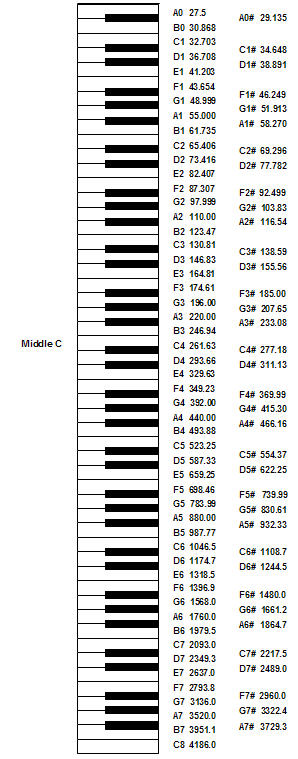OK. LKings's question is a great opportunity for me to ask the technically oriented among us a question I've been pondering for some time. The answer to mine should also answer LKing's.
The M22s are rated to 60Hz, +/- 3 dB, and to 50 Hz, +3 dB/-9 dB. That means there can be as much as a 12 dB drop off in roughly one third of an octave,or roughly from a B to an A Flat. that means a slope of between 27 and 36 dB per octave.
If one sets the crossover in a receiver to 60Hz, there is a slope (usually 6 dB/octave; 12 dB/octave; 18 dB/octave, depending) which begins at 60 Hz. If I understand things correctly, none of those slopes are as preciptious as the natural drop off of the speaker itself.
How, if in any way, would the slope of the speaker's drop off, and the slope of the receiver's crossover interfere with, or compliment, each other? Would it be superior to crossover in the receiver at 80 Hz so the slope of the receiver's crossover does the work?

